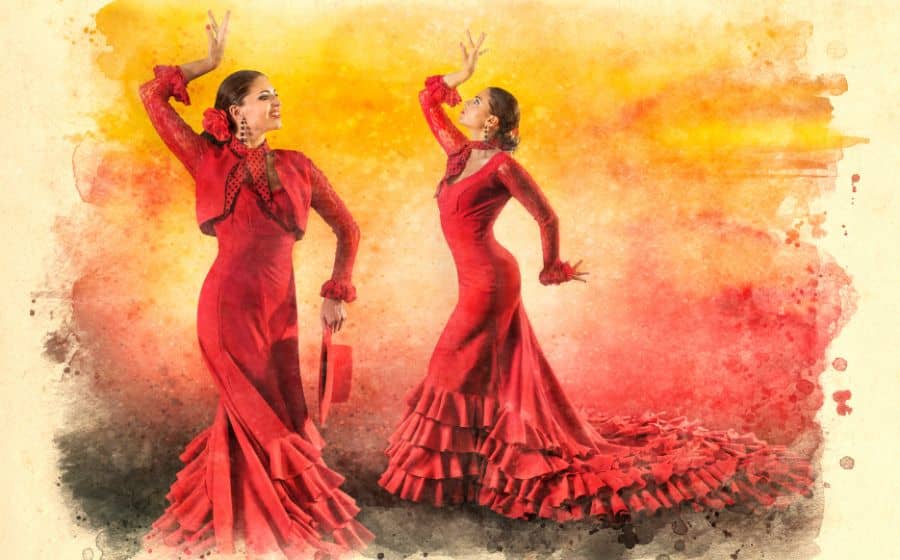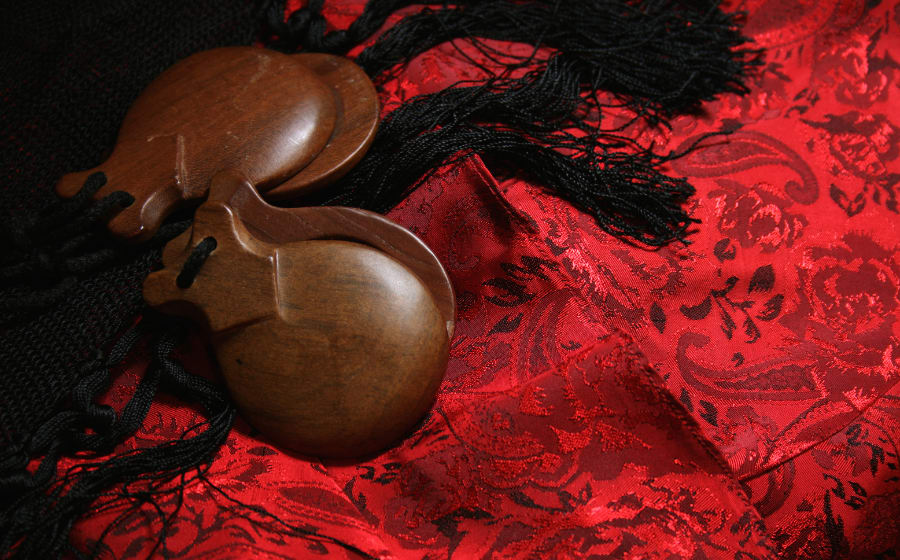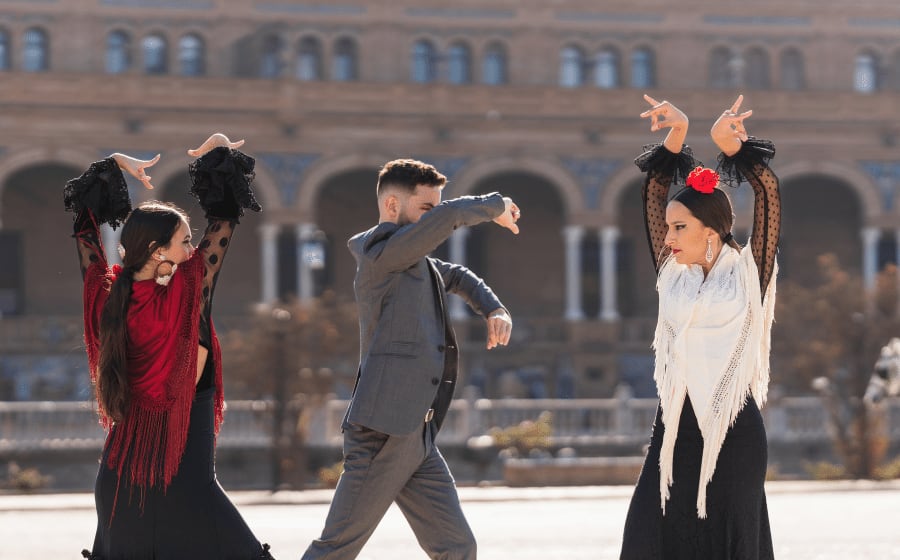The Sardana: One Of The Most Popular Spanish Dances
October 17, 2022
Win a FREE Trip to Spain!
Exciting Announcement! For the first time, we're thrilled to offer exclusive trips to the heart of Spain - an experience like no other. This isn't your typical tourist journey; it's a unique opportunity to immerse yourself in authentic Spanish culture, alongside real locals and our passionate team.
But there's more! Simply by requesting information about this amazing trip, you'll be entered into a special draw to win a Fully Paid Trip to Spain for Two. And that's not all - everyone who inquires will receive an exclusive bonus gift, valued at $500, available only now.
Ready to Discover the Real Spain?Click Here ↑ to Request Information & Enter the Draw!
Are you a good dancer? Do you have some rhythm? Maybe this is your chance to learn a new dance! How does it sound if I say Sardana?
The Sardana is not just any dance; it’s Catalonia’s traditional and national dance. In Barcelona, it symbolizes unity and Catalan pride.
Maybe you have already had the opportunity to see a show as curious and exciting as this one. But if not, it’s worth seeing it at least once!
Are you ready to know everything about Sardana? I’m going to tell you everything about this well-known and popular Catalan dance, from its history, where it comes from and how to dance it like a real professional!

Table of Contents ▼ ▶
1. What is the Sardana dance
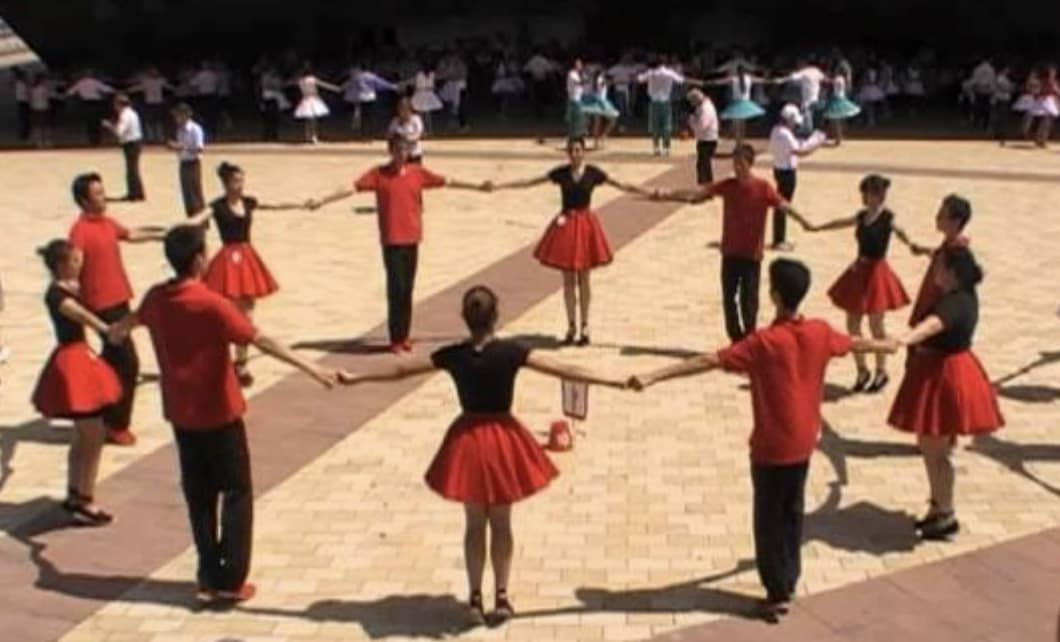
The Sardana is the national and traditional dance typical of Catalonia and is danced in a circle facing the center.
The participants, alternating men, and women, hold their hands and mark some steps with their feet to the rhythm of the music.
The Sardana is a dance representing fraternity, democracy, and putting aside differences.
Its duration is not always the same; there can be Sardanas of 7 and 10 steps, called “tirades,” with well-defined steps that can be short or long. But we’ll talk about this more deeply later in this post.
It would be rare to hear of the “Sardana revessa” as it’s not very common. Anyway, you should know that in this type of Sardana, it’s tough to see the number of measures the music has. That’s why there’s a member of the group that is calculating them.
We could say that part of the success of the Sardana comes from being a dance of open character. With this, I mean that it’s not strictly necessary that men and women alternate, and it allows an indeterminate number of people. Also, it doesn’t require a high level of physical fitness. That’s why this type of dance is very successful because many people can dance it without any problem, unlike other types of dance in different regions of Spain.
BUT there is an exception, and this doesn’t happen when we talk about the “Bàsic d’Honor,” the most important Sardana competition in Catalonia.
Years ago, the music for this dance was played by soloists or small instrumental groups with a variable composition. However, nowadays, it is played by what we know as “cobla,” a band of wind and double bass with a total of twelve instruments.
Do you think you would be able to dance it? Later I will show you step-by-step how to dance the Sardana!
2. The Sardana history and its origin
According to historians, it seems that the Sardana is related to dances of Greek origin from Anatolia.
Something that has seemed to me super curious is that the first document that has been found where the word Sardana appears written dates from the year 1552. It’s a document that explains the juries of Olot, where this type of dance was forbidden because it was considered dishonest.
The Sardana comes from the dance of the “contrapás,” another typical dance of the area of Catalonia. Although it was in the 19th century when the Sardana was born as we know it today.
Group dances forming a circle are present in many areas of the world. In fact, the Sardana is characterized by dancing this way, so knowing its exact origin is quite complicated.

But as historians say, it’s most likely that the dances in a circle with clasped hands come from ancient Greece and then spread. Probably the inhabitants of the Iberian Peninsula adopted this format and then modified it and added different variations until they had their own dance in each region.
The Sardana was traditionally a somewhat limited musical production, so at the end of the 19th century, the musician and composer Pep Ventura made some changes and turned this dance into a longer piece.
3. How to dance Sardana step by step
You should first know that the Sardana is danced during all the main Catalan festivals, such as Sant Joan or Mercé.
As I mentioned in the beginning, you dance the Sardana in a circle facing the center. While the famous “cobla” plays, the dancers, of indeterminate number, shake hands and tap their feet with short and long steps, which all participants know perfectly.
First, you must wait for “el flabiolaire” to invite you to dance the Sardana. The “flabiolaire” is one of the musicians of the “cobla” who plays the instrument known as flabiol and the drum. And at the same time, he’s the one who introduces the first notes as an invitation to start the dance.
The Sardana is composed of two parts that refer to the two melodic themes of this piece. These two themes are repeated several times following a specific order. In the first part, you will see the dancers performing the short steps, and in the second part, they will do the long steps. While dancing, the change from short to long steps is made by transitions of intermediate steps.
Now things get a little more complicated, as you not only have to worry about your feet, but your arms come into play! All steps require holding your arms up while grabbing hands with your buddies. And at all times, the dance will be performed in a circle, facing the center. There’s always one dancer leading the dance to keep the rhythm going.
Honestly, I’ve never tried to dance the Sardana. I would love to! But I don’t know if I would be able to keep my arms up for a long time….
Although I’m sure, it has to be super fun and a very emotional moment for all Catalans!
Here’s a video for you to practice and become an expert!

4. What to wear to dance Sardana
The first thing you should know is that the Sardana dancers must wear the Catalan folk costume in all representations and performances typical of the region of Catalonia.
The female costume is known as the traditional costume of “pubilla” and consists of a long black velvet dress. But for your better understanding, the upper social classes would use the “pubilla” costume. In contrast, the peasant women’s costume is the one we would know as the “payesas” costume. In this case, the costume consists of two pieces, a white shirt and a linen skirt with floral designs. Under the skirt, the women wear a white petticoat, “enagua,” to give more volume to the skirt. On top of the skirt, they wear a black “mandillon.” On the shoulders, they wear a kind of “mantilla,” and they cover their heads with a braided net of thread called “gandalla.”
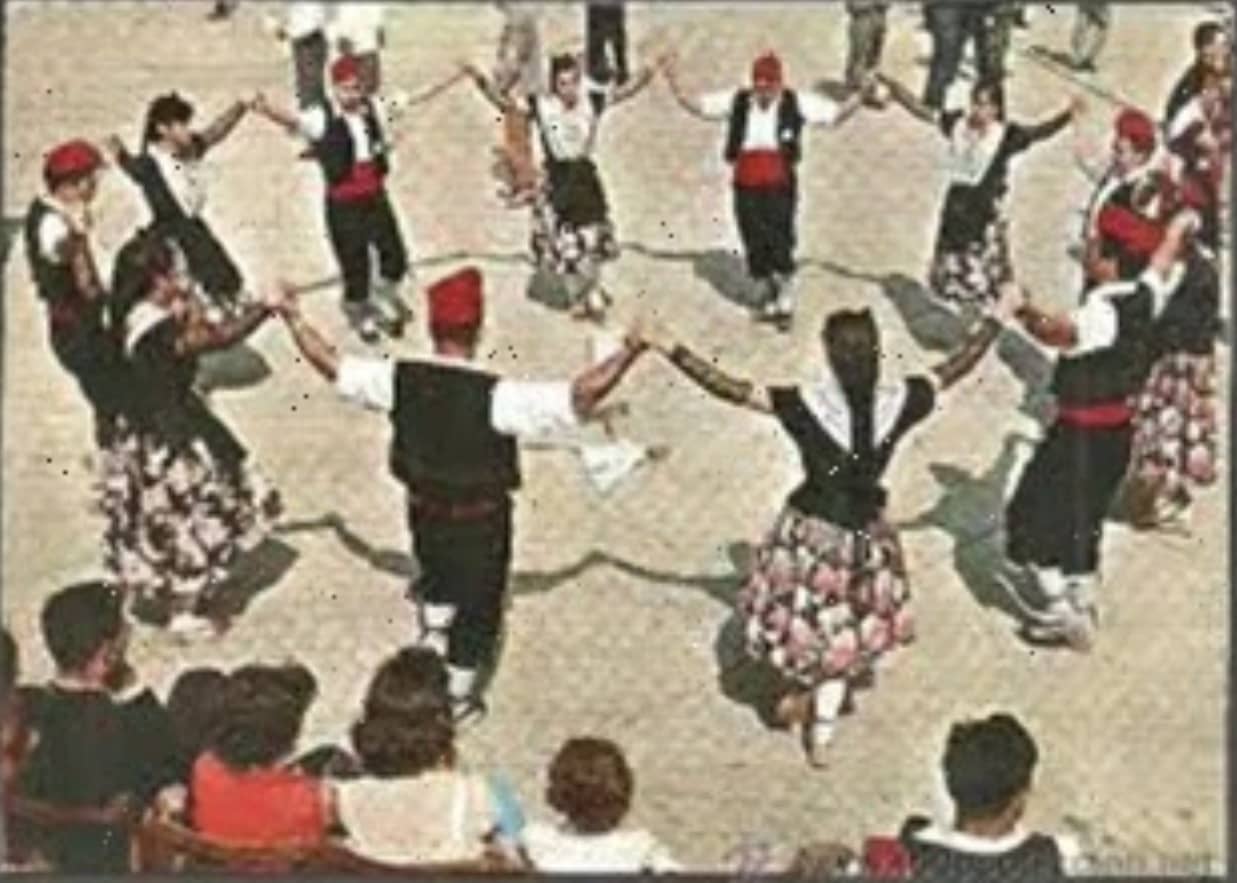
The male costume is the typical “hereu” costume, which consists of white linen or cotton shirt accompanied by a black velvet vest “jupeti” and a sash around the waist. At the bottom, the men wear black velvet trousers that reach below the knee. In winter, men wear a long black cape that reaches their ankles. And for the head, they wear the famous “barretina,” a black and red cap.
As for footwear, the typical shoe is the “esparto espadrilles.” Although nowadays you can see some women with low heels and men with moccasins type shoes.
When it’s not the famous Sardana competition, and there’s a group of people dancing it, anyone can join in! So don’t be surprised if you see people dressed in Catalan folk costumes and other people in street clothes dancing together.
Here’s a video to prove it!

I hope that after this post, you will feel like dancing!
Although there are many more regional dances throughout the Iberian Peninsula, the Sardana is one of the most important, or at least they give it a lot of importance.
Knowing typical and traditional things from each area is always fascinating, so now you have one more to add to your repertoire!



